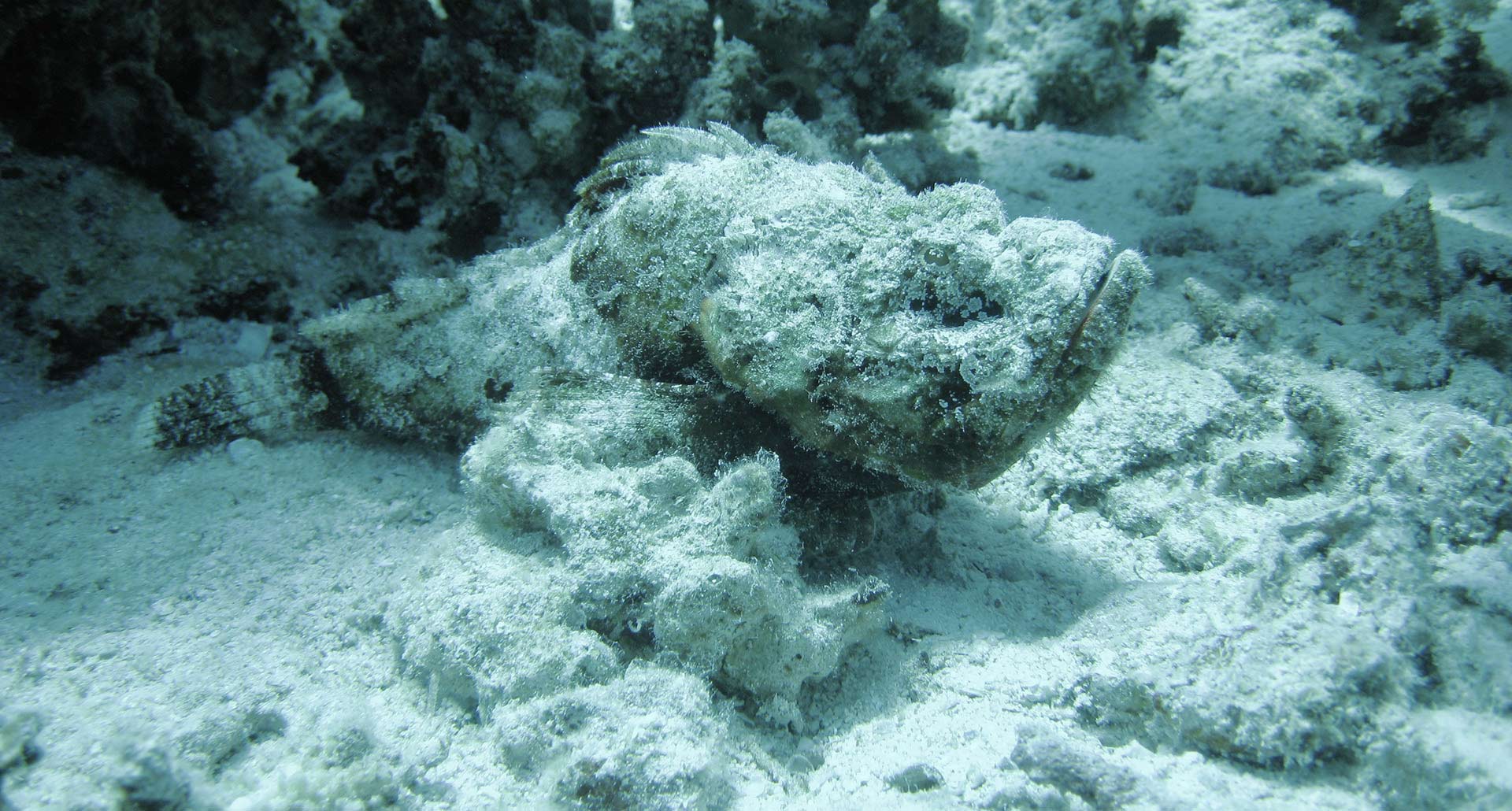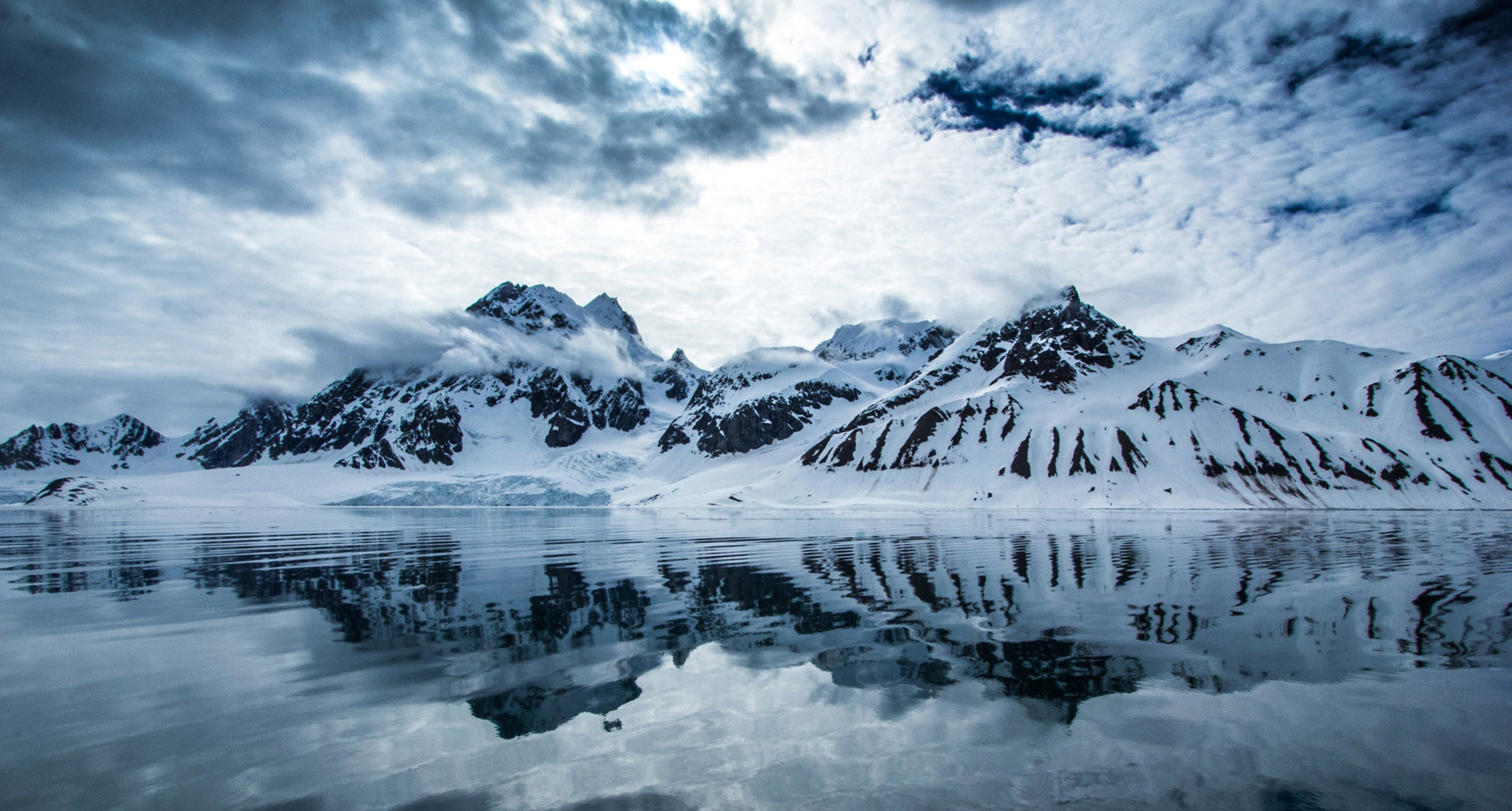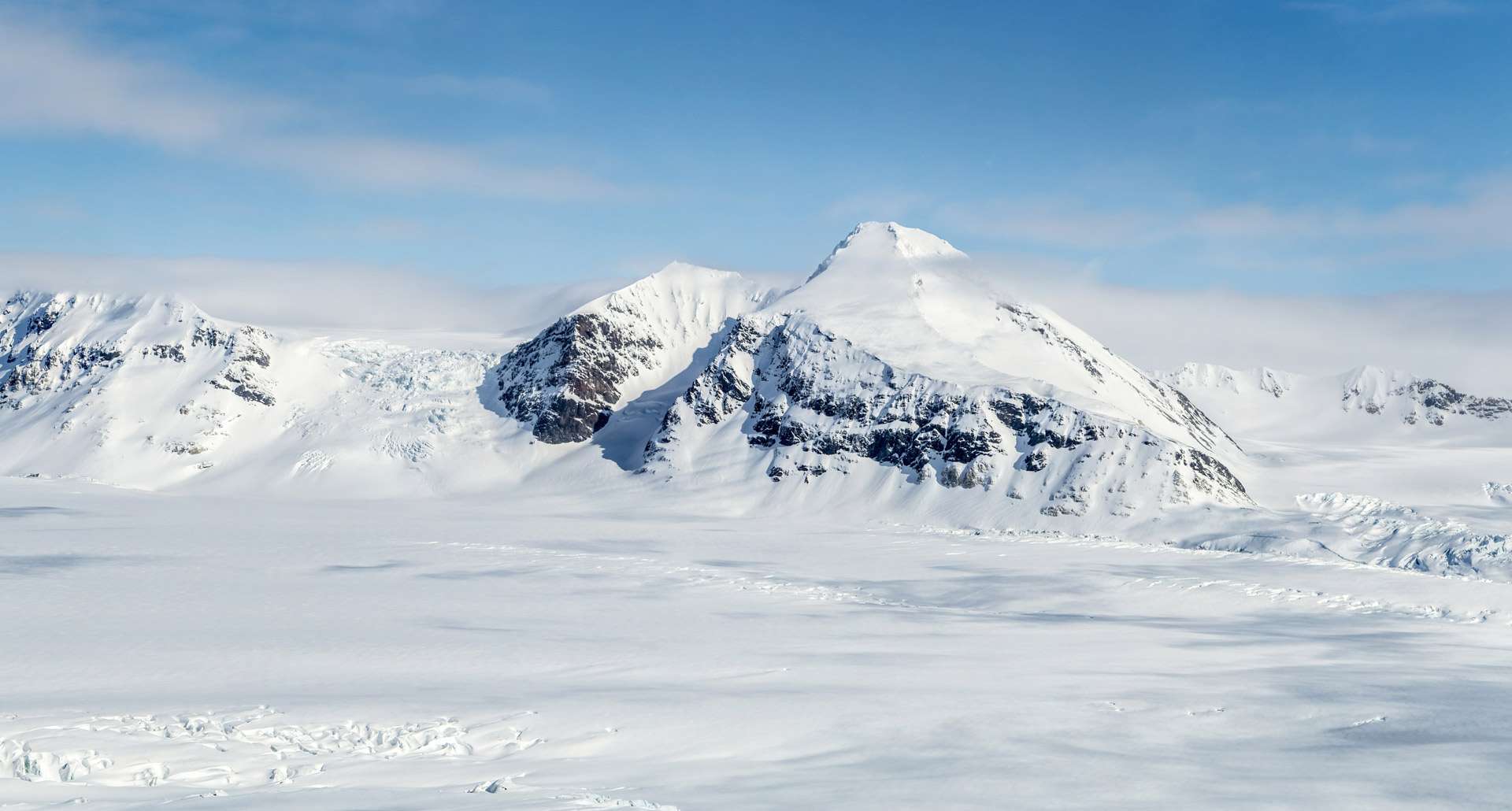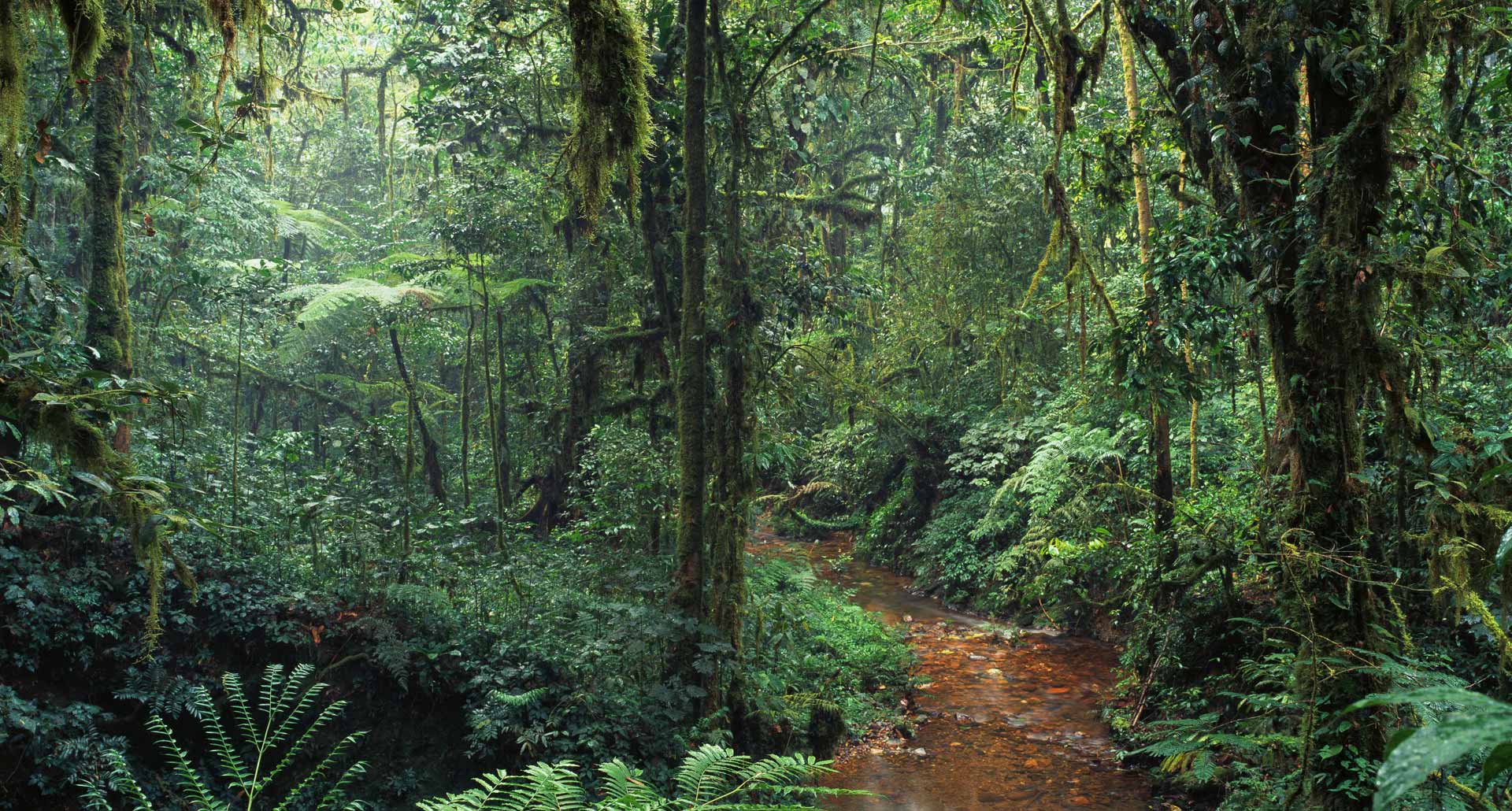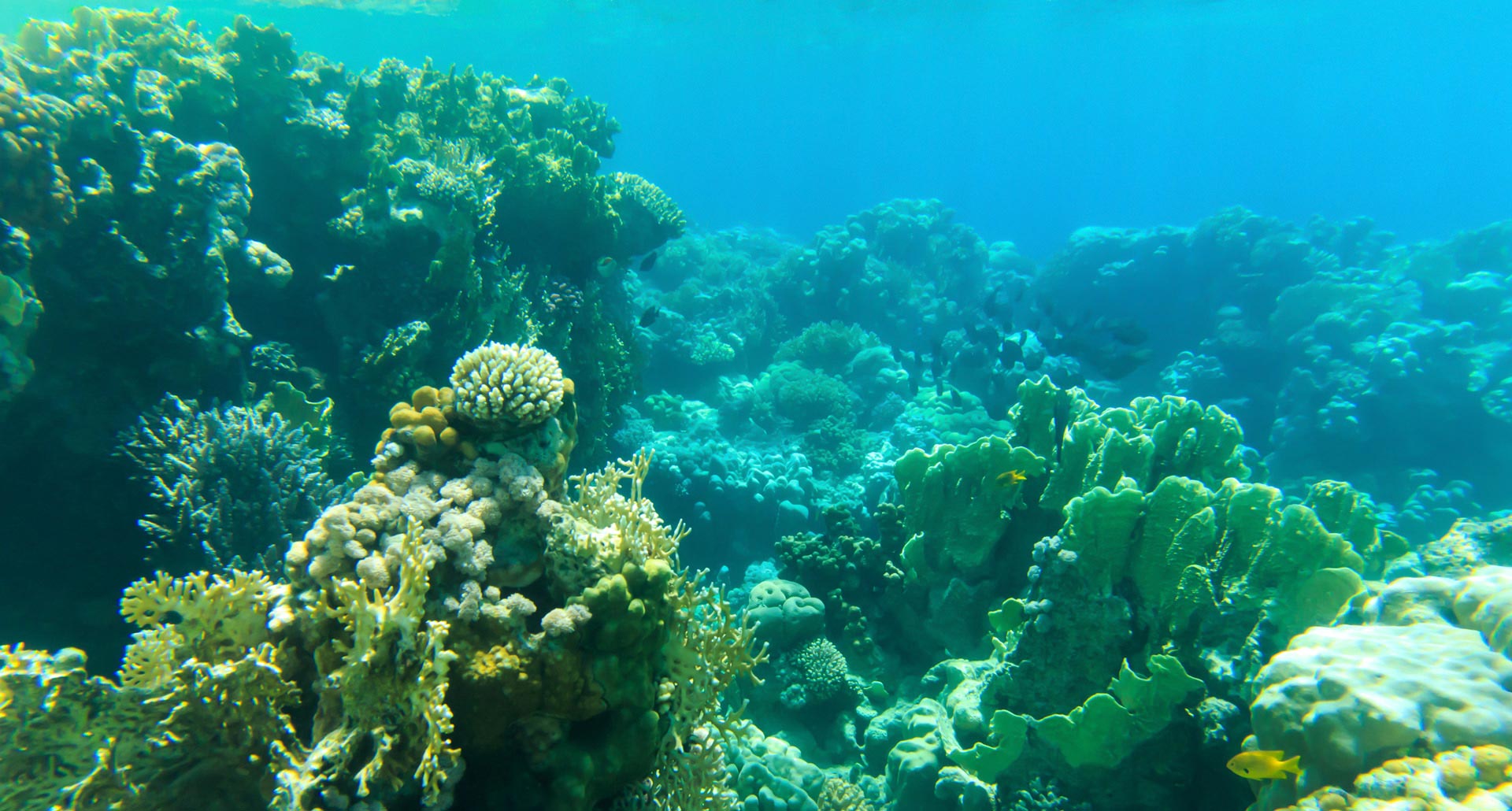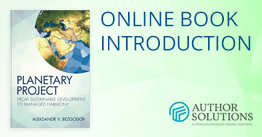South America in the grip of global problems

13/03/2017
Something that nowadays is known under the gloomy name "global problems" was born on our planet in the 1960s. They are problems of the whole planet, that are vitally important and the humanity`s fate depends on their solution. They are interconnected, cover different aspects of human life and apply to all countries and peoples of the modern world regardless of their level of social, economic and cultural development. They are problems of the land and the air, water and food, cities and rural areas, physical and spiritual health, world war, etc. In the end - a question of survival of people and living beings in general, in whatever part of the world they may be located.
South American continent is one of the most amazing and beautiful parts of the world. One cannot help loving this land, and that`s why it`s very painful to see and realize its troubles that are both a source and a manifestation of a number of global problems. The obvious and striking example of this is the incessant and catastrophic disboscation of the Amazon rainforests that are figuratively but rightly called the green lungs of our planet.
Dense evergreen forests growing on the banks of the great Amazon river produce huge amounts of oxygen that are scattered all over the Earth. At the same time the forest biomass of the Amazon absorbs about one hundred million tons of carbon dioxide. The uniqueness and value of these forests is also in the fact that they have the highest biodiversity in the world: each one of ten species of animals or plants described in science is present there. South America jungle is the largest tropical forest in the world. It occupies 5.5 million square kilometers, accounting for half of the total area of tropical forests remaining on the planet. But the situation is rapidly changing.
Thousands of years until the middle of the last century tropical forests in the equatorial zone remained in their pristine condition. And in just thirty years - from 1960 to 1990, according to various expert estimates, the 1/5 of the Amazon forests was destroyed. Generally I must say that the rate of deforestation in the American region is one the highest in the world and is about 0,48% per year. From the 418 million hectares of forests cut down all over the world over the past 30 years, the share of Latin America is about 190 million hectares. Only in the period from 1990 to 2000, total forest area in the region decreased by 46.7 million hectares. Every year about 130 thousand sq. km. of forests (this is equal to the area of a country like Bulgaria) were burnt down, carved out, flooded or destroyed by other means. Considering that the Amazon rainforest plays a key role of water and climate system of the Earth and has a significant impact on the global climate, cutting these forests down is a really global problem.
Each of the South American countries where deforestation is going on is characterized by its own profile of reasons. For example, in Brazil, it is done primarily for the needs of the agricultural production development, in particular, the expansion of soybeans and grains seeding, as well as an increase of export beef production. It turns out that 60 - 70% of former forest lands used for breeding cattle, mainly by farmers who keep small farms. In Columbia the process of deforestation is greatly influenced by the production of cocaine. There have become too much of coca bushes in tropical forests recently and that significantly accelerates their destruction.
Among the general and sufficiently valid reasons of equatorial deforestation is the fact that it is widely used for heating needs, and its valuable species are exported. In addition, population growth requires new places of residence, and the economic needs transport infrastructure development. Therefore, each year through the vast expanses of tropical forests more and more roads are paved, and along them are instantly appearing new settlements.
Every year at the end of the monsoon, settlers begin cutting down forests, regardless of its age and quality - new lands for crops are being cleared. Each year giant fires are constantly burning in the selva . Ash is used as a fertilizer for the fields where they grow maize, beans, cassava, rice and sugar cane. In addition, the reduction of the selva area is also connected with mining, especially of oil, as well as with the expansion of territory for the plantations of cotton-plant , sugar cane, coffee and so on.
What are the consequences of further significant reduction of the equatorial forest quantity and what does that mean?
It is known that, as a matter of principle, deforestation leads to sudden temperature changes, changes in the precipitation amount and the wind speed. Reducing the quantity of tropical rain forests will inevitably lead to a reduction of oxygen in the atmosphere and an increase of carbon dioxide content in it. This, in its turn, enhances the "greenhouse effect", leading to the extinction of many species of animals that lose their natural habitat. In the places where the continuous forests are changed by forest areas that are thoroughly decimated by people, gradually appear dry and almost treeless plains. Today it is the most characteristic landscape of Brazil. Concerning all that the sad fate of the ancient cultures of Mesopotamia , the Mediterranean and Central America comes to mind. These civilizations are known to have died or left the stage of history due to the fact that people have mercilessly cut down forests, and after that came the soil erosion,the siltation of rivers, the fertile soil impoverishment and the decline of agriculture.
Such fears are confirmed in the article of a journalist Miguel Ángel Criado «Deforestation in the Amazon basin will reduce yields," published in the Spanish newspaper «Materia» on the 15.05.2013. The author leaned on the research of experts from several universities in Brazil and the USA, who have constructed a model of the interaction of a climate and a land use, and developed a series of predictions to see what awaits us in the future .According to the conclusions of scientists, if the felling of tropical forests won`t not stopped, the land management change will inevitably lead to negative climate consequences:
- a dangerous reduction of the selva ability to absorb carbon dioxide;
- an increase of the temperature in the Amazon basin;
- the reduction of the amount of humidity in the atmosphere and a disruption of the precipitation regime.
And this, in its turn will lead to a decrease in the production of fodder crops. Brazilian researchers predict that by 2050, if an increase in acreage would be doubled, the yield will be reduced by 30%. Nevertheless, writes Miguel Criado, the Brazilian government and agribusiness stand for the further deforestation. Everything points on the fact that forests will be cut down. This is obvious not only according to relevant changes in the Forest Codex of Brazil, but also ti the plans of the private business, intending to double the volume of agricultural production to 2020. And the forests stand on their way. Alas, they are not interested in the protective function performed by the Amazon jungle on a global scale, but are very interested in their own financial interests.
Another both global and continental problem with both aspects that are inextricably linked and interact, is a drug problem in all its range - drug addiction, drug production, drug trafficking and drug crime. Drugs aren`t not just the new global threat, but the tragic death of from 200 000 to 300 000 people every year. This is an annual drug trafficking, which brings more than 320 billion dollars that are the financial base of terrorism, piracy, organized crime and corruption. This is the criminal drug groups conglomerate in the informal sector of the global banking system that has established a system of monetary transaction of almost $ 1 trillion. It is an illegal cartel-industrial formation that have become a very powerful social institution that can not be controlled by the legitimate authorities and that is weakening sovereign Latin American states and impeding their development.
The South American continent (mainly Colombia, Peru, Bolivia and Venezuela) together with Afghanistan are now two planetary drug centers in which the production of cocaine and heroin has acquired an industrial character and unprecedented volumes. So, if the 50s of XX century in the countries of the continent were produced only 10 tons of cocaine, then in the late 80's there were produced 500 tons and in 2006 - 1030 tons. Thus, the level of cocaine production has increased for 50 years in 100 times that led to negative global consequences. Naturally, the first shot hit the North America and in the first place - the USA. In the early 1980s every 10th resident here admitted taking drugs. After the United States have tightened control over the cocaine import the split of basic drug trafficking took place. Besides North America, it went even to West Africa and the European Union countries. And the volumes of the new drug trafficking and the basic are almost identical. According to experts, it is a massive stuffing of cocaine from South America and, of course, the flow of heroin from Afghanistan got the EU countries hooked. Currently 10% of the adult population there are taking drugs.
For the countries of Sahel and West Africa the South American smuggling and drug trafficking have caused a destabilizing tsunami in the political and socio-economic fields. Speaking in December 2009, the UN Security Council Director of the UN Office on Drugs and Organized Crime / ONUDC / Antonio Maria Costa said that the proceeds of drug trafficking are increasingly being used by terrorist and anti-government organizations in Sahel for the financing of subversive and combat actions. At the Office`s command there is a strong evidence that two illegal flows of drugs have crossed in Sahara. One - heroin - used as a transit point for East Africa, and the second - cocaine - West Africa. The heroin one uses the East Africa as a transit point, and the cocaine uses the West Africa. Then the two streams are merging together and use new routes through Chad, Niger and Mali - Costa said. These drug flows enrich not only the organized crime. Terrorist and anti-government organizations operating in Africa also supplement their resources at the expense of income from participation in drug trafficking. These funds are used to finance their operations, purchase weapons and pay hitmen.
In the countries in Latin America and the Caribbean drug production and the accompanying continuous transit of drugs around Central America remains a key driver of the terrible violence. Between 2000 and 2010 there was registered 1 million of willful murders that allowed these countries to become the undisputed champion in this sad figure. In 2014, the number of willful murders in these countries was four times higher than the global level. Nowadays more than 30% of all willful murders in the world take place in these countries, despite the fact that just 9% of the world population live there. 40 of the 50 most dangerous cities in the world are located in the Western Hemisphere, and Latin American cities take the first ten places on the list. First and foremost is the Honduran city of San Pedro Sula, then the Venezuelan Caracas, then the Mexican Acapulco, the Colombian Cali and the Brazilian Maceio.
The whole world began to know the names of powerful Latin American transnational drug cartels, for example, "Medellin Cartel" and "Cali cartel" in Colombia, "Los Zetas" in Mexico and Guatemala, "Primejru comandu da capital" in Brazil, "Marasalvatrucha" in El Salvador and Honduras and others. Today, experts anxiously note the trend of transformation from family-type drug cartels to drug cartels of a syndicated-industrial type, which include not only separate production and distribution, but also its own security forces (intelligence, counterintelligence, paramilitary formation), etc.
Thus, in its scale and effects of the drug problem has acquired such a status that can be put on a par with the challenges of terrorism, piracy and nuclear non-proliferation. It’s not by chance that many state politicians, public figures and experts consider it necessary to create a fundamentally new global agenda that would fight against drugs, expand and strengthen international cooperation in the field of drug policy urgently.
Among the pressing global problems that have the South American specificity there is also the anthropogenic pollution of the environment problem. It is the result of many factors: population growth, industrialization, urbanization, development of transport, etc. By virtue of the fact that the level of urbanization in the region is about 80%, and in the cities of Argentina, Uruguay, Venezuela and Chile it is even higher - from 88 to 93%, inevitably there is a problem of pollution of the lithosphere (soil cover), the atmosphere and the hydrosphere. After all, every day giant city agglomerations of São Paulo, Lima, Bogota, Rio de Janeiro, Santiago, Buenos Aires and others - produce tens of thousands of tons of solid waste. They require a disposal, but unfortunately, most of them rot on the open-air dumps, that create extreme risks of environmental and epidemiological nature.
As it is known, as a result of the decomposition of organic waste there is released a gas, that includes methane and carbon dioxide. He not only exudes a stench, but also destroys all the vegetation on a surface, as well as strengthens the greenhouse effect. Quite often fires and gas fires happen on the dumps. Toxic fumes go into the atmosphere and poison all flesh ina radius of several kilometers. Furthermore, due to dumping a deep soil contamination and groundwater poisoning is happening. Nearest ponds are toxic and dangerous to humans and the soil becomes unusable for several hundred years after the closure of the landfill. But that's not all. As a repository of various toxins and dangerous bacteria and to the same a food source for thousands of birds, animals and even people who live and work in landfills, they can become a cause of epidemics, and even a kind of biological weapons.
A striking example of this dump was the Brazilian "Jardim Gramacho» that is located within the metropolitan area of Rio de Janeiro. It was considered one of the largest in the world. Every day up to nine thousand tons of garbage were brought there and for 34 years of it`s existence there were collected more than 70 million tons of waste. Environmentalists believe that because of this landfill a contaminated beach that was considered one of the cleanest in Rio de Janeiro appeared in the Guanabara Bay. The closing of "Jardim Gramacho" was postponed several times. However, in the summer of 2012, just before the start of UN Conference on Sustainable Development (Rio + 20) in Rio de Janeiro , the Brazilian authorities decided that it was an affair of honor to close "Jardim Gramacho." This is certainly a great achievement, especially considering that earlier a powerful recycling palnt was built near the world`s brightest carnival capital with the population of six million. However, there are little stories with such a happy end. They are rather the exception to the rule.
For example the famous El Bordo Poniente dump near Mexico City was closed in 2011. It was called the largest solid waste dump in Latin America. For a quarter of a century it has accumulated from 50 to 60 million tons of garbage. According to the Mexican Minister of the Environment Protection, the closure of this landfill is equal to a reduction of 500 thousand vehicles emissions. Mexico's government planned to build an electricity generating plant on the place of a closed landfill. However, until these plans remain unfulfilled, and millions of tons of garbage and rotting near Mexico City. As for the 15 thousand tons of garbage that the multi-million metropolis produces daily, they are transported to other landfills.
Despite the concerns of the public and the authorities of South American countries about the issue of utilization of domestic and industrial waste, its solution in the short term is hardly possible due to economic reasons. That`s why there will be such a huge landfills as the "Mine" on the outskirts of Guatemala City and hundreds of small landfills across the region.
Modern metropolitan area is also a powerful source of air pollution that occurs as a result of public and private transport, consumer electronics and industrial equipment, different life support systems and various industrial enterprises. Taken together it creates billions of tons of solid and gaseous particles each year. Main air pollutants - carbon monoxide and sulfur dioxide as well as oxides of sulfur, nitrogen, phosphorus, lead, mercury, aluminum and other metals are formed primarily during the combustion of fossil fuel. In its turn, the sulfur dioxide is the main source of the so-called acid rains that reduce productivity and destroy the vegetation and aquatic life in the river, destroy the buildings, and have a negative impact on a human health.
A particular problem is an increase of emissions of carbon dioxide (CO2) in the atmosphere. These emissions are known to threaten the humanity with the so-called greenhouse effect and global warming. If the middle of XX century, the worldwide CO2 emission was about 6 billion tons,at the end of the century it has exceeded to 25 billion tons. The developed countries of the world are primarily responsible for these emissions. But in recent decades due to the development of industry and energy carbon emissions have increased significantly in a number of countries in Latin America and the Caribbean.
In South America the industries with high levels of pollution have got a significant development. On the one hand it is due to the transfer of "dirty" industries from the developed countries there, on the other - to the industrialization strategy with primary development of material, energy and labor-intensive industries. Nowadays 80% of industrial pollution is connected to the use of fuel and energy resources. Oil refining and petrochemistry are the most dangerous branches of production in environmental terms. Camaçari, where a large petrochemical complex had been built, became the dirtiest area of Brazil. Such areas with a concentration of the dangerous production, are called "valley of death".
Industrial pollution of the environment in Brazil is connected with the expansion of production of ethanol from the sugar cane. Due to the limitations of their own oil resources and the desire to reduce the dependence on oil imports, Brazil is the only country producing industrial alcohol from sugar cane. The vast majority of cars here run on alcohol engines. But now the attitude to the "Proalkol" program began to change, as there are clear environmental consequences: a large ejection of pollutants, environmental pollution wastewater from distilleries. Branch was also extremely water-intensive.
The state of water basins in South America is a singular and a very acute problem. On the one hand, many large areas are lacking the clean water, and from the other hand - the level of its contamination is high. For example, in Buenos Aires about 3.5 million people quench their thirst with water that contains a mass of polluting substances. In Costa Rica half of the local residents take water from underground wells with the help of submerged pumps operating without a water treatment equipment. In Venezuela the situation with clean drinking water is even more dramatic: the country's infrastructure nearly doesn`t exist, and most of the residents of this state receive drinking water according to the norm. According to the above, the corruption is prospering in the country, and the officials that are responsible for the distribution of water resources, are making fortunes just selling quotas for bottled water. It is valued as a gold.
The real water crisis that is still ongoing has happened in 2016 in Bolivia .Five of the nine Bolivian departments are lacking water. The agriculture and the inhabitants of large cities such as La Paz are suffering. The water is flowing from the taps only two days a week and only for a few hours. The immediate cause is the strongest in a drought in the country that had happened for the quarter of the century. But, according to experts, it's not just because of it. It`s the result of many factors. It`s a crisis of water resources management, and a severe climate change, including the rapid melting of glaciers. Since 1970 the Bolivian glaciers decreased on 30 - 50%. They are the vital source of water for the country. In the 2008 World Bank report there is noted that most glaciers in the Andes will disappear by 2028 and it will affect 100 million people.
The situation with drinking water in Uruguay and Chile is complicated too. Experts say that in the period between 2040 and 2100 years these countries will experience intensive melting of glaciers in the Andes that will cause mudflows and floods. Not only tens of thousands of local residents would have to be evacuated from their places , but they also will need to be provided with drinking water and there`s nowhere to take it from. In Peru the situation is slightly different: there are enough sources of clean drinking water in the country, but the uncontrolled use of pesticides in agriculture has led to the fact that many of them are simply unusable. And this is only a part of the problem, as local authorities have officially confirmed that the main source of water pollution in the country are untreated discharges from industrial enterprises and most of them work on the last century technologies and have no treatment facilities. Those who have been in Peru know such a situation- on the bank of a small river, from which even 20- 30 years ago the locals drew water for drinking, is a huge company, that is discharging not just raw sewage but liquid waste products, that contain virtually all the elements of the periodic table, in the river.
Some scientists believe that in the future the wars for the possession of water resources are waiting the humanity. And this scenario is seen today in South America, where between countries such as Argentina and Uruguay there are frequent frictions on the basis of access to drinking water sources. The governments of these countries periodically exchange rather harsh statements about each other, accusing opponents in taking too much water from rivers flowing through the territories of both Argentina and Uruguay.
Fortunately, most countries in the region have already understood what water problems await them in the future, if they do not fix the situation now. So, in a number of states the established ministries responsible for water resources have been found. At the same time, special attention is paid to the development of glaciers in the Andes, that, under the experts` estimates contain up to 85% of fresh water reserves in the region. The Chilean authorities are especially eager to tackle this problem , in their disposal is the largest glacier in the southern hemisphere, the area of which is 20 thousand square kilometers. Also Argentina is feeling good in this aspect, there is the Valley of La Plata basin which occupies one third of the country's territory. However, much damage to the river is caused by fabricators located on its banks and tributaries. So in most cases, the environmentalists believing that the root causes of the deteriorating condition of water basins in the region are not climatic factors but the man-made, in particular - the discharges of industrial, agricultural and municipal waste in rivers, lakes and seas, are right.
The sharp and growing social inequality, lack of food, rising poverty and crime are also shining examples of global problems in the countries of South America. The reasons for such a concentration of global problems in the region, according to many experts are that historically external shocks have resonated with internal problems. The main one of them is the material and moral deterioration of the socio-economic development model that had more or less successfully functioned in Latin America in 2003-2013 and provided the country with a relatively dynamic increase in the main macroeconomic indicators. As a result, according to the UN Economic Commission for Latin America and the Caribbean (Comisión Económica para América Latina y el Caribe, CEPAL), the aggregate GDP of the region decreased by 0.7% in 2015, while exports decreased by 14%. If we take into account that in 2013 - 2014 the export of goods was decreasing accordingly by 3 and 0.4%, one can talk not about an isolated case but about the current negative trend. The international competition is strengthening it too.
Fortunately in recent years the struggle for the preservation of the ecological balance has intensified in South America. It goes in two directions: the first is the development of the environment protection legislation; the second is the creation of national parks and reservations. Nowadays there are more than 300 of them. Only in Amazonia there are six national parks and eight protected research stations. In the face of increasing technological and human pressure on the Earth's biosphere priority projects are the development of post-industrial "green economy", environmental-friendly energy and transport, waste-free industries, the deep processing of natural resources and of public and household waste.
Also among the solutions of global problems, including environmental ones, there are seen:
- a legislative definition of the natural resources management rules;
- the use of centralized measures to protect the environment, for example, unified international standards and ocean protection, atmosphere protection, climate protection, forests protection rules, etc.;
- the expansion of international cooperation in addressing global challenges.
We can only hope that the people of South America that have relatively recently identified with their own civilization way of the development, will be able to find the will and a clear intention to divide the planetary solidarity and participate in the joint effort to fight threats for humanity and its natural habitat.




